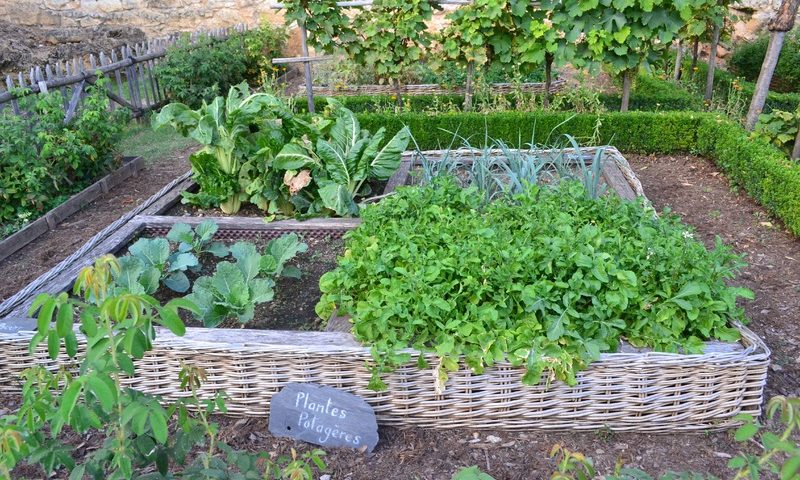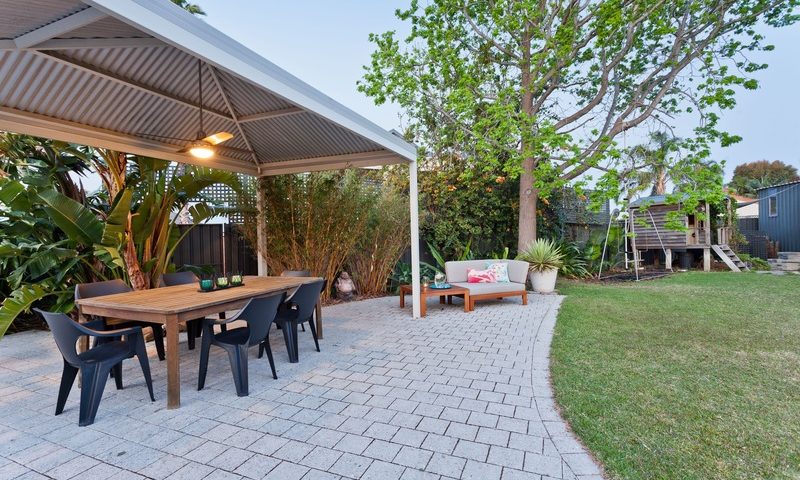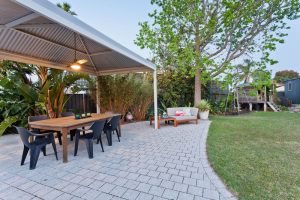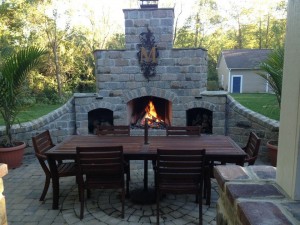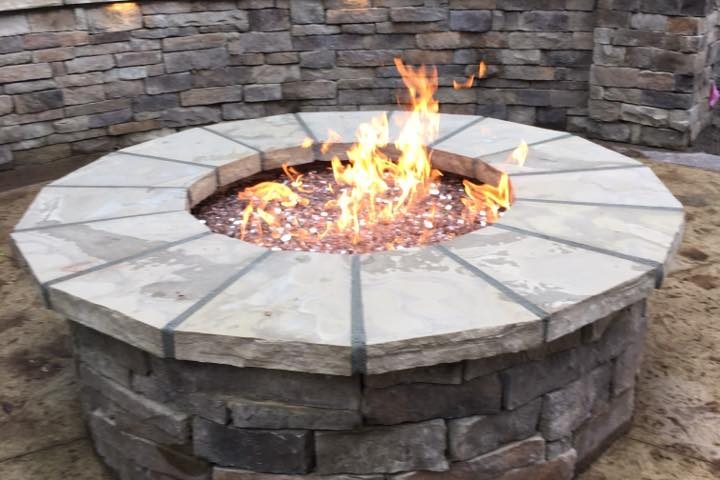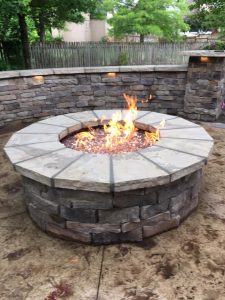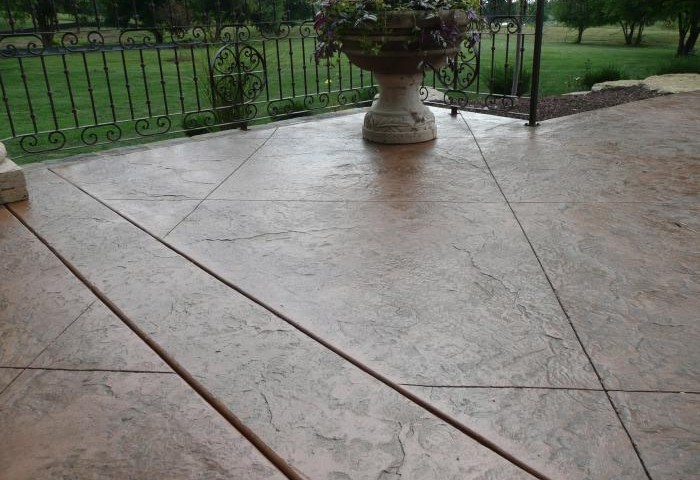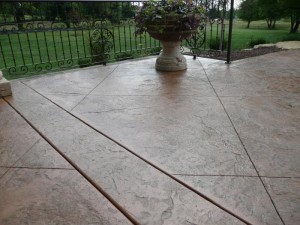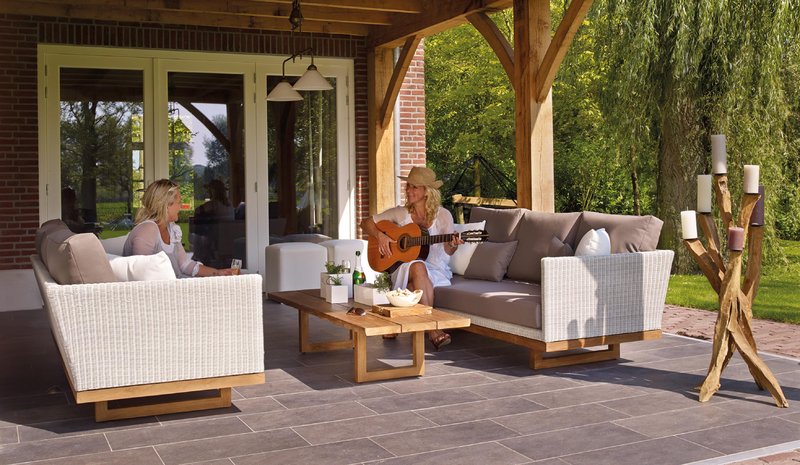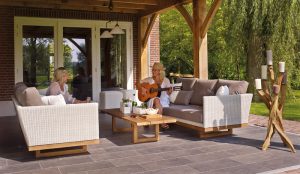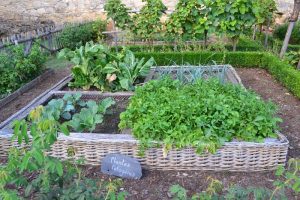
One of the results of the Coronavirus pandemic of 2020 was the rise of home and backyard gardens. Most often supplemental gardens (those used not as sole sources of food, but as supplemental supplies) and often container based rather than in-ground, these COVID gardens gave people something productive to do.
But, as COVID fatigue set in—and as temperatures plummeted during winter—the shine that these gardens once had might be a bit scuffed. If you built a garden last year and want to change things up a bit for the upcoming season, here are a few ideas to make the most of your space.
New Year, New Gardens
If you planted a garden last year by purchasing or building container gardens, you likely remember how those crops fared. Did your tomatoes grow tall and leggy but produce few fruits? Did your watermelons fizzle? Make notes about each crop you planted. Pay attention to placement in your garden, your watering habits, and the results.
Chances are, you can rotate your crops this year to better leverage your space. If your containers are portable, consider place where you’ll get optimal sunlight; if you cannot move your containers, take some time to determine where sunlight falls in your space and for how long, then follow the guidelines set out for each crop. For example, tomatoes have different sunlight needs than green beans.
Consider Adding New Elements
If you know what you’re planting, whether that’s vegetables or flowers or a combination of both, and you have the space, you can consider adding other elements to your garden. Some communities reimburse homeowners for environmentally friendly garden elements, like rain barrels or butterfly gardens. You could also add a hardscape, like a patio, or a water or fire element.
Combine Garden and Outdoor Living Concepts
One outdoor trend, according to Veranda, is the return of the cutting garden. Another is a more seamless integration of outdoor and indoor spaces. You can breathe new life into your outdoor space by considering these trends. For instance, use a currently barren corner to plant zinnias or sunflowers—and then use those cuttings to decorate both your patio tables and in your indoor bouquets.
Another option is to expand your garden and add seating elements. This can be as easy as adding a bench so you can sit and enjoy the fruits of your labor, or by building an umbrellaed dining area complete with countertops and an outdoor oven.
Do you have big plans for your outdoor space? We’d love to hear about them. Share on our Facebook or shoot us an email.


